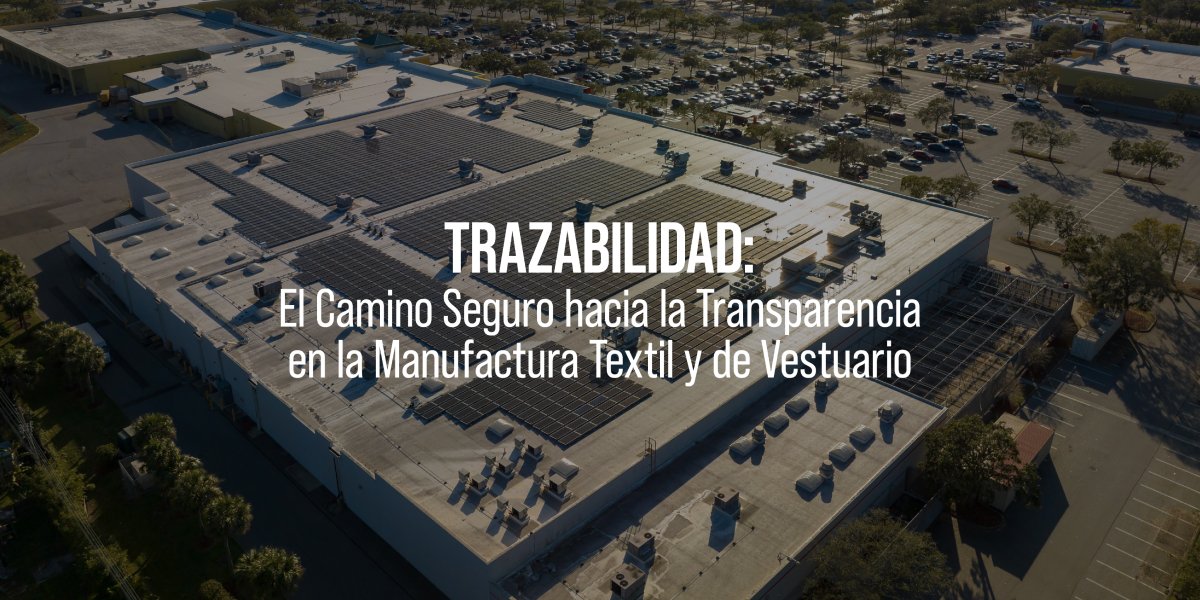Traceability: Key to a Sustainable Future
In the apparel and textile industry, environmental traceability has become an essential element. Both brands and consumers increasingly demand to know the complete life cycle of garments, from their origin to their final disposal. To meet growing global demands, companies must ensure transparency at every stage of production, not only by complying with environmental standards, but also by providing clear information on materials and manufacturing processes.
Major brands such as Nike, North Face, Ralph Lauren, Target, GAP and Old Navy have already integrated traceability as a fundamental principle in their practices to ensure more responsible and conscious production.
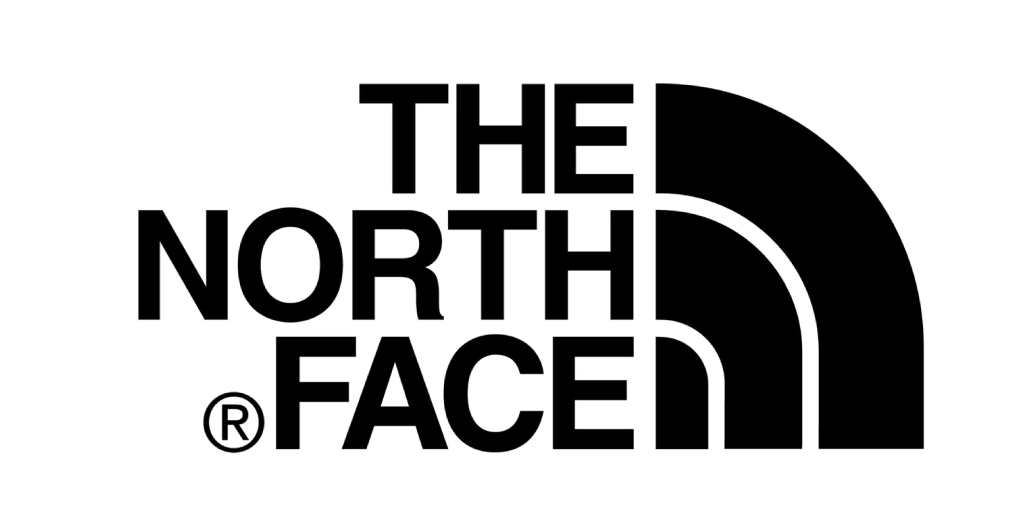





Today, traceability and transparency go hand in hand. Both seek to provide consumers with detailed information about products, ensuring that they comply with ethical and sustainable principles. Today, many companies in the industry have adopted advanced technologies to trace their products from raw materials to the final consumer. This implementation not only strengthens consumer confidence, but also contributes to the efficiency, profitability and competitiveness of production.
Circular Economy: Optimizing the Garment Life Cycle
The transition from a linear economy to a circular economy is another key aspect of traceability. Andrea Hernandez, Director of Environmental Sustainability at VESTEX, points out that “it is no longer like before, where the garment was made, sold, and discarded by the consumer”. The circular economy seeks to ensure that materials are reused, repaired or recycled for new products, reducing the environmental impact.
“Today, new business models have emerged, from the reuse of garments to extend their life cycle, the recycling of garments to produce new yarns, to the use of these to be reused in other useful products, such as mattress stuffing or even material for asphalt,” Hernandez said.
This demonstrates how innovation can reduce waste and extend the life cycle of materials.

Importance of the Supply Chain
Companies must demonstrate that each stage of production, from inputs to final product, meets stringent environmental criteria. As Hernández stresses, “environmental traceability is essential because consumers now demand that the supply chain meets the highest environmental standards.”
Responsible use of resources such as water and proper chemical management are now more important than ever. It is not enough for the final product to be certified; the entire production process must be verifiable and traceable, from the fiber to the final finish. The circular economy plays a crucial role in this new paradigm by encouraging the reuse and recycling of materials instead of discarding them.

Certifications: A Seal that supports Environmental Compliance
There are several certifications that guarantee commitment to sustainability, such as the Global Recycled Standard (GRS), which ensures that recycled products meet environmental efficiency criteria, and the Science Based Targets initiative (SBTi), focused on reducing greenhouse gases. Hernández points out that “each customer has different priorities, and certifications vary according to the needs of each one. These certifications not only enable companies to meet market demands, but also reflect a true commitment to sustainability.
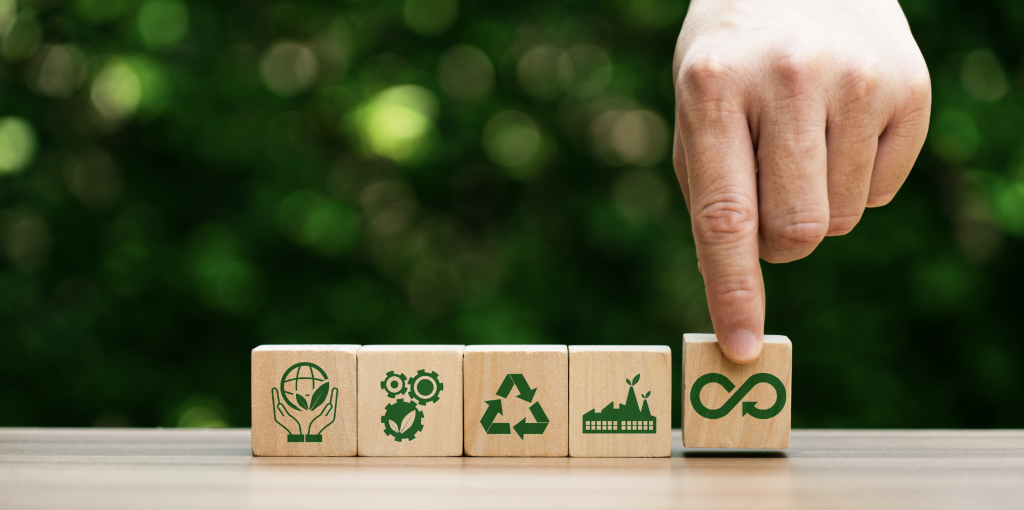
However, the challenge lies in the diversity of certifications and how to unify them to meet the requirements of different customers without sacrificing production efficiency.
One of the biggest challenges for companies is the variety of certifications available. “Unifying criteria is essential, because each brand has different requirements for what it considers sustainable,” says Hernández. Companies must find ways to comply with various environmental regulations without compromising their production efficiency.
In addition, standardizing production processes allows companies to meet the demands of multiple customers without duplicating efforts. Measuring the use of water, energy and fuels, and adopting sustainable practices are essential steps to ensure responsible production.
Guatemala is not lagging behind in this effort. One example is HIGG Fem, which is a self-assessment used by companies to internally audit their chemical management, waste management, water consumption, wastewater treatment and greenhouse gas reduction. “Certifications such as GRS, RCSand others complement each other, and are requested by different clients according to their needs,” explains Hernández.

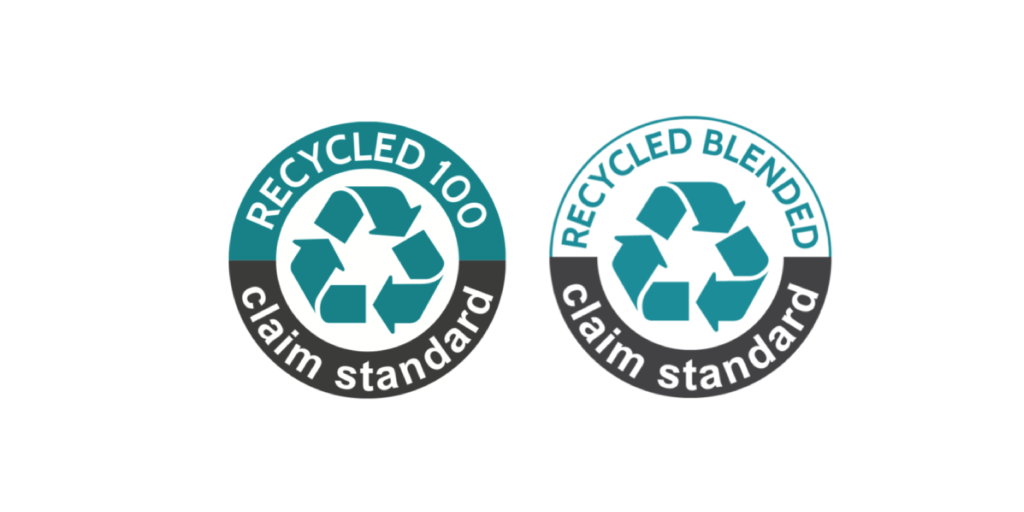
Benefits of Traceability: Beyond Certification
Traceability not only improves environmental management and reduces costs, but has also become an essential element for increasing competitiveness in an increasingly demanding market. By adopting responsible practices and moving towards a circular economy, companies not only meet consumer demands, but also contribute to more sustainable production.
In a global context that demands greater transparency and accountability, moving towards traceability is crucial to avoid penalties, improve reputation and generate a positive impact on the way goods are produced and consumed. Companies that fail to adapt to this trend risk losing consumer confidence and falling behind the competition.
The Role of Slow Fashion in Waste Reduction
One of the biggest challenges facing the fashion industry is the “fast fashion” phenomenon, where garments are produced quickly and with low quality materials. The “slow fashion” movement is presented as a viable alternative, promoting the manufacture of durable and timeless products. Hernandez points out that “some brands are already implementing slow fashion strategies, using better quality materials and more standard styles, to avoid consumers wanting to discard them for fashion”.
Brands are also driving the repair, recycling and resale of their products, encouraging consumers to be more aware of their environmental responsibility.
The Dangers of Ignoring Traceability
Traceability is essential to comply with regulations, but also to ensure product quality and transparency throughout the supply chain. Consumers demand to know the origin of garments, from raw materials to the final product. Without traceability, it is difficult to detect problems in the supply chain, which can lead to quality defects, production errors or the use of unethical or environmentally harmful materials.
In such a competitive market, where reputation is an invaluable asset, failures in traceability can lead to massive product recalls, affecting not only finances but also consumer relations. In this sense, effective traceability not only minimizes legal and commercial risks, but also strengthens consumer confidence, a key factor for the long-term sustainability of any brand in the apparel and textile sector. Ignoring this critical aspect can lead to lost business opportunities, directly affecting the competitiveness of companies in the industry.
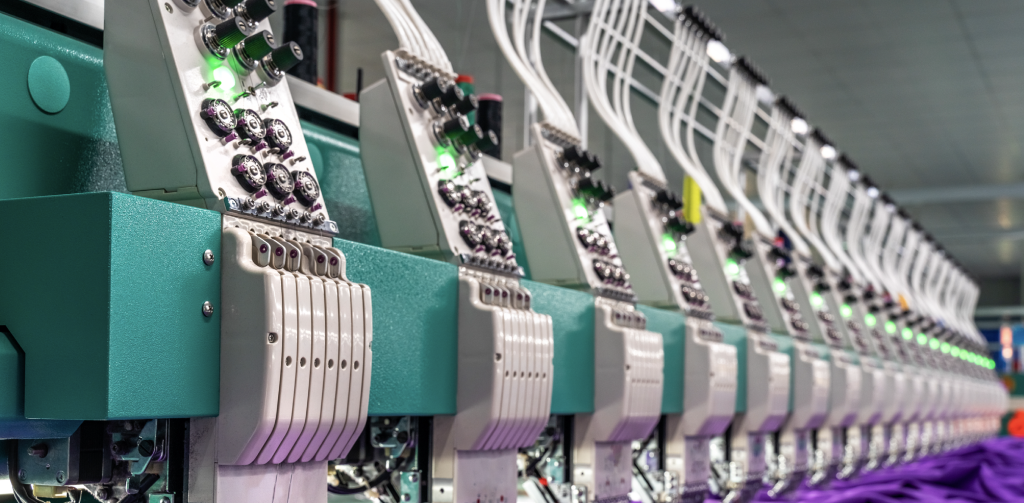
If you are part of the apparel and textile sector in the DR-CAFTA region and would like to learn more about traceability and sustainability, please contact our Environmental Sustainability Specialist, Andrea Hernandez, at ahernandez@vestex.com.gt.
For more information, please visit our website:
